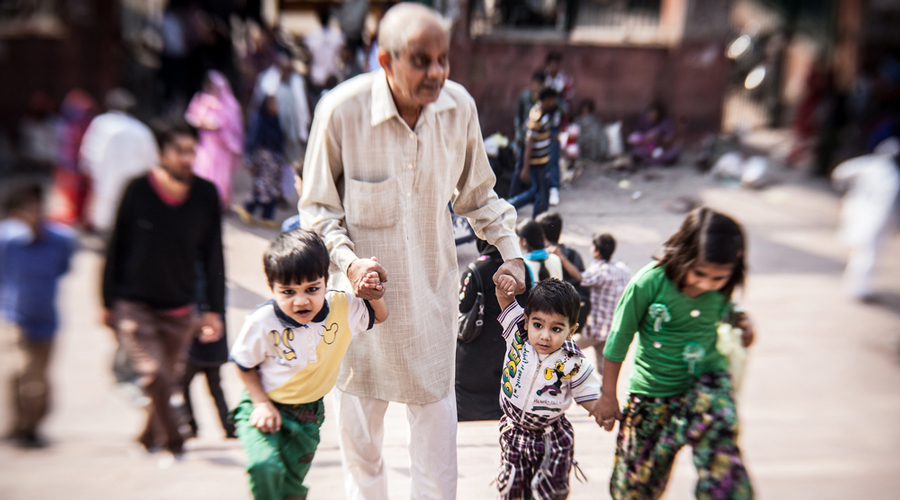The key to living a long life can be found not in philosophy but in hard data. Life expectancy has been a vital part of the discourse on health in India, with markers such as health coverage and hospitalization costs being integral to the mapping process. Last year, however, researchers had widened the scope of the assessment by outlining a set of social indices — these included caste, education, religion and wealth — which appeared to have a notable bearing on the life span of Indians. The latest data put out by the census and registrar general’s office, too, finds startling correlations between citizens’ life expectancy and factors such as gender, areas of habitation and state performance. On the face of it, the data might seem encouraging — at 69.4 years, the average life expectancy of Indians reflected a jump of almost 20 years from 49.7 between 1970-75. A closer look, however, reveals that the improvement over the last decade has been a mere 0.4 years. This ought not to be surprising, given the fact that poverty and embedded social inequalities, which are known to adversely affect longevity, have intensified.
What, then, are the implications of such a nominal increase as well as the vast difference between the life spans of Indians in different regions and between genders? The data reveal that traditionally poorer states such as Chhattisgarh, Uttar Pradesh, Madhya Pradesh, Bihar and Jharkhand have a lower life expectancy than Kerala, Jammu and Kashmir, Himachal Pradesh, Punjab, Maharashtra and Tamil Nadu. The infant mortality rate has to be taken into account as well. The first year of a child’s life, ridden with risks on account of illness, poor immunization and malnutrition, has a decisive impact on longevity. Kerala’s IMR is seven per 1,000 live births, while it is 48 and 43 in Madhya Pradesh and Uttar Pradesh, respectively. The consequences for the girl child are starker. Even though India managed to reduce child mortality by 4.4 per cent annually from 1990 to 2018, the average life expectancy at birth for boys exceeds that of girls in Bihar and Jharkhand, revealing skewed attitudes — societal and administrational — towards nutrition and healthcare of girls. Given the variations in data, policy interventions cannot be unimaginative. They must mould strategies according to the prevailing ground realities so that targeted campaigns to improve longevity can confront the associated challenges pertaining to societal prejudices and health infrastructure.










